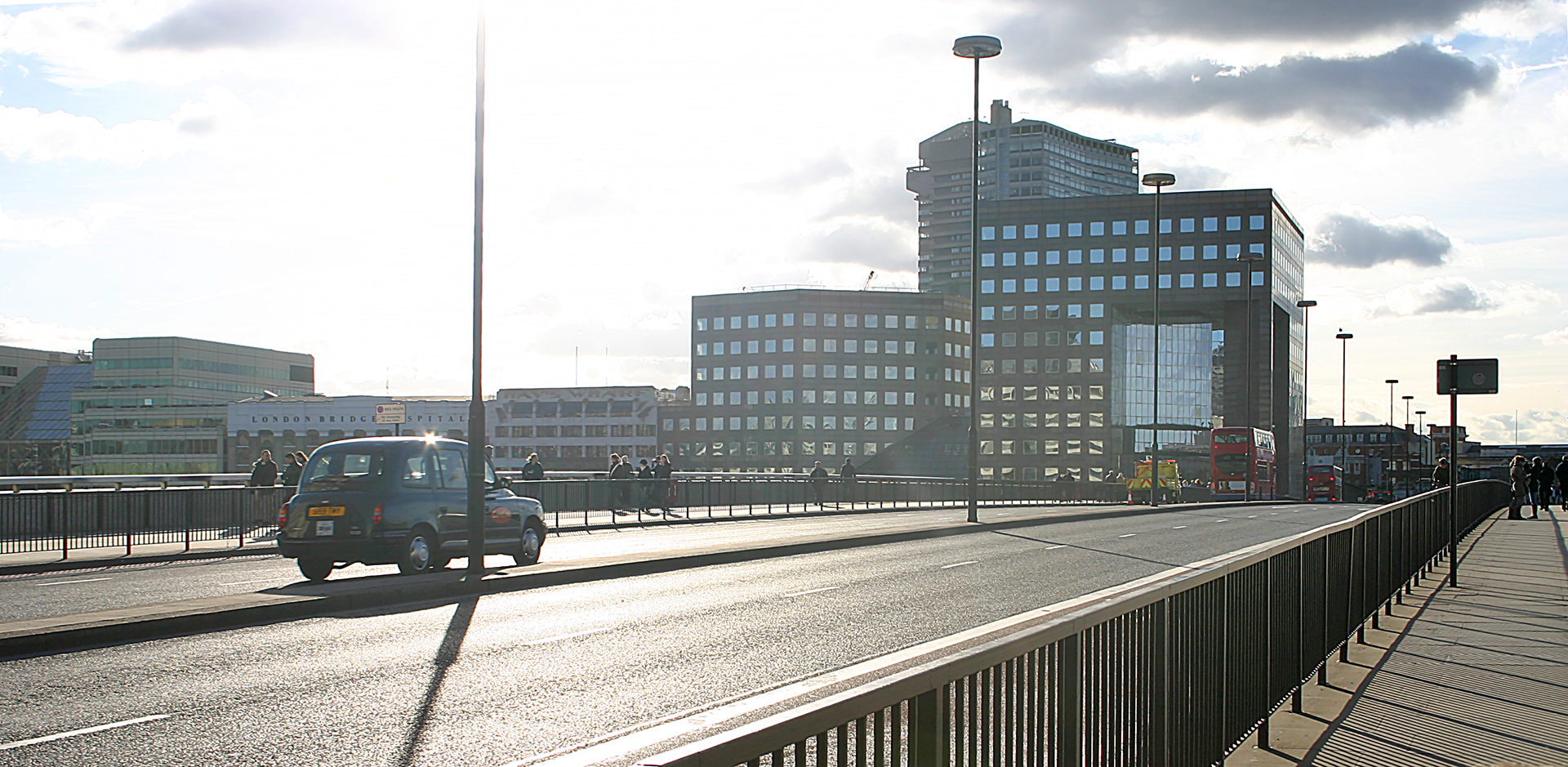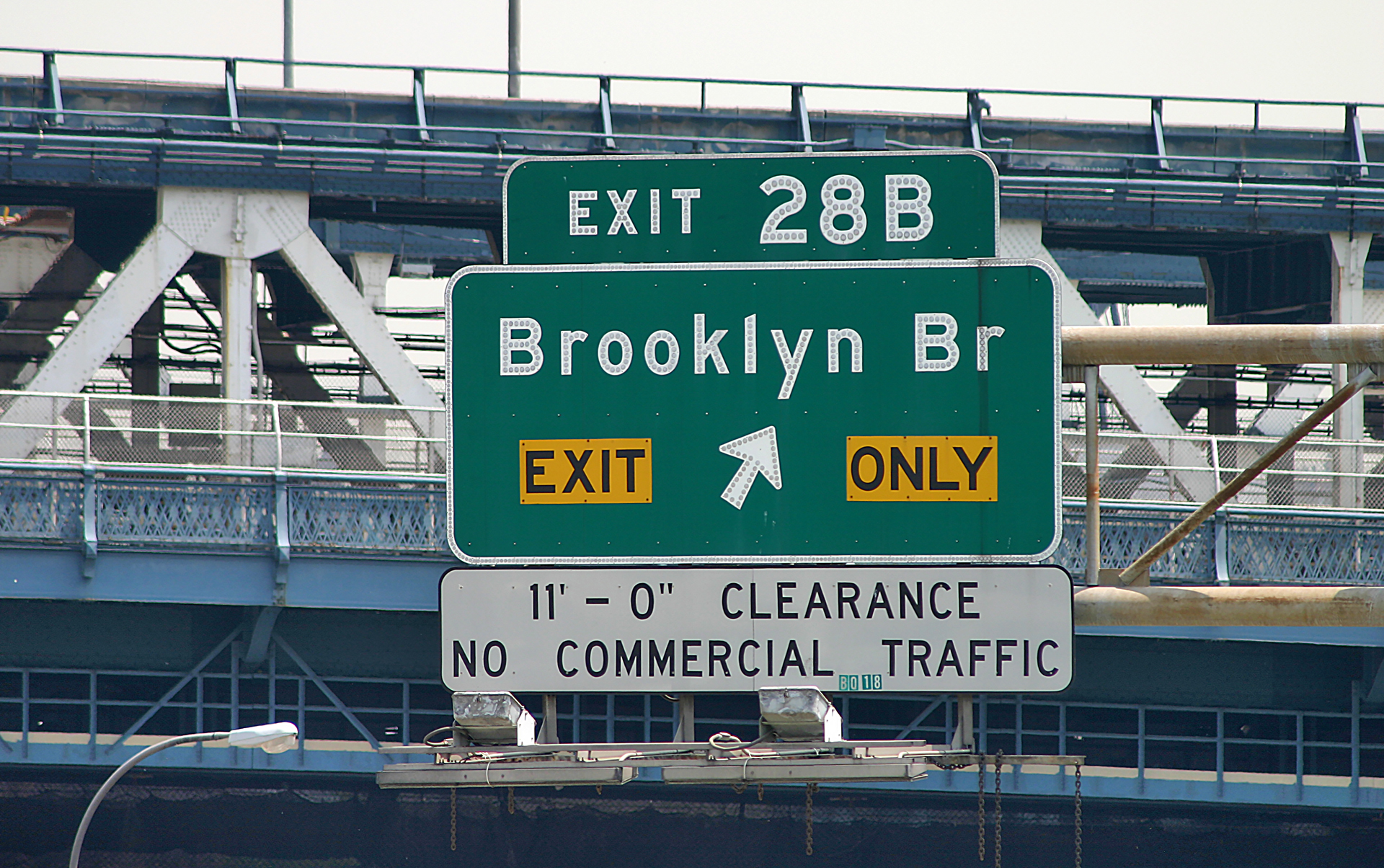The city of New York is inching closer to becoming the first city in the United States to implement congestion pricing, as the Triborough Bridge and Tunnel Authority of New York and New Jersey, the Department of Transportation of the State of New York, the Department of Transportation of the city of New York, and the Federal Highway Administration of the United States released an environmental assessment of the proposed Central Business District Tolling Program in Manhattan on Wednesday, August 10, 2022, which evaluates the effects of the program.
Congestion Pricing to Come to New York?

If approved by the Federal Highway Administration of the Department of Transportation of the United States, the Central Business District Tolling Program would be the first congestion pricing program in the United States — meaning that vehicles that enter or remain in the Central Business District would be tolled.
The Central Business District is defined as the entire portion of the borough of Manhattan south of East 60 Street, Central Park, and West 60 Street, with the exceptions of the entire length of the West Side Highway, the entire length of the East River Drive, and the entrance and exit of the Brooklyn Battery Tunnel — which is generally the lower half of Manhattan.
Although the exact amount of the toll which motorists would be required to pay has not been determined at the time this article was written, the toll would be paid either using a transponder from E-ZPass; or toll bills would be mailed to the address of the registered vehicle owner, with the amount of the toll to be paid using the Tolls by Mail program.
As to when the congestion pricing would be in effect is also unknown at the time this article was written.
The idea of bringing congestion pricing has been in the process for greater than three years, as the state of New York enacted the Reform and Traffic Mobility Act of the Metropolitan Transportation Authority back in April of 2019, which states that the Triborough Bridge and Tunnel Authority of the Metropolitan Transportation Authority needs to design, develop, build, and run the Central Business District Tolling Program.
“Congestion makes travel slow and unreliable. Traffic increases the time it takes to get somewhere, reduces bus service quality, and costs businesses, since workers cannot do as much when they spend a lot of time in traffic”, according to information at the official Internet web site of the Metropolitan Transportation Authority of New York. “Average traffic speeds were only 7 miles per hour in the CBD, and even slower in Midtown. While traffic dropped to 10% of normal levels in 2020, it has since rebounded to close to where it was before COVID-19 began. This congestion is bad for the economy, the environment, and the quality of life for people who live in the CBD, as well as for commuters, business owners, and visitors.”

The following quick facts on congestion are cited by the Metropolitan Transportation Authority of New York:
- Congestion has clogged Manhattan streets for decades, as approximately 700,000 vehicles entered the Central Business District each day prior to the current 2019 Novel Coronavirus pandemic — which amounts to greater than 255 million vehicles each year — according to the New York Metropolitan Transportation Council.
- While traffic dropped to just ten percent of normal levels in 2020 due to the pandemic, it has since rebounded to greater than 90 percent of the levels prior to the pandemic, which is substantially higher than the rebound in ridership for mass transportation.
- In 2018, the Partnership for New York City estimated that congestion in the New York City region would cost businesses, commuters, and residents $100 billion over five years.
- New York City was ranked as the worst among cities in the United States in terms of congestion by the 2021 INRIX Global Traffic Scorecard.
- New Yorkers lose 102 hours on average each year due to traffic congestion, which costs them $1,595.00 in lost productivity and other costs.
- Between 2010 and 2019, average travel speeds in the Central Business District of Manhattan decreased 22 percent, from 9.1 miles per hour to 7.1 miles per hour.
The environmental assessment — as ordered by the Federal Highway Administration — examines the environmental effects of the program, as by reducing traffic and helping improve mass transportation, the Central Business District Tolling Program would also make it faster to travel and would improve air quality.
The official 30-day public comment period on the Environmental Assessment and the proposed Section 4(f) de minimis impact determination for the Central Business District Tolling Program commenced on Wednesday, August 10, 2022 and will close on Friday, September 9, 2022.
Congestion Pricing in London, Sweden, and Elsewhere In The World

“Without exception, areawide pricing strategies that have been implemented abroad have met their principal objective of reducing congestion and sustaining the relief of congestion over long periods”, according to this final report which was prepared by K.T. Analytics, Incorporated in August of 2008 — 14 years ago — for the Federal Highway Administration of the Department of Transportation of the United States. “Areawide pricing in Singapore, London and Stockholm resulted in 10 to 30 percent or greater reduction in traffic in the priced zone and has sustained the reductions over time. Pricing has encouraged travelers to change their behavior by changing modes of travel, times, routes, or trip frequency. In the three areawide pricing programs described in Section 2, up to 50 percent of those foregoing car travel to the priced zone in the priced periods shifted to public transportation. In London and Stockholm, the greatest shift was to public transportation while in Singapore it was to 4+ carpools and to the shoulder time just before the start of pricing. The traffic reductions in priced zones in Singapore and London have been sustained permanently (over thirty years in Singapore and five years in London). The bypass routes in Singapore and London have seen modest but not overwhelming increase in traffic. The nature and magnitude of impacts on travelers and traffic has been found to depend on many factors including: price levels and schedules, coverage, pricing periods, the existing traffic levels and demographic characteristics.”
Using London as an example in terms of the toll rates of congestion pricing, the congestion charge is a daily charge of £15.00 — which is approximately $18.15 in United States dollars — if you drive within the Congestion Charge zone between 7:00 in the morning and 6:00 in the evening Mondays through Fridays; and noon through 6:00 in the evening on Saturdays, Sundays, and bank holidays. No charge is levied between Christmas Day and New Year’s Day bank Holiday — inclusive.
Using Sweden as another example in terms of the toll rates of congestion pricing, the congestion tax in Stockholm and Gothenburg is charged on weekdays during daytime. The price per crossing varies between 9 Swedish Krona and 35 Swedish — which is approximately between 87 cents and $3.39 in United States dollars — depending on the time and whether you are in Stockholm or Gothenburg. The maximum charge of congestion tax in Gothenburg is 60 Swedish Krona per day; and in Stockholm the maximum charge is 130 Swedish Krona — which is approximately $12.57 in United States dollars. The tax is not charged on Saturdays, Sundays, public holidays, the day before a public holiday, and in the month of July.
Moreover, bridge tolls in Stockholm and Gothenburg are charged 24 hours a day on the bridges across Sundsvallsfjärden and Motalaviken. The amount varies between 5 Swedish Krona and 20 Swedish Krona per crossing, depending on the size of the vehicle and whether you are in Sundsvall or Motala.
Final Boarding Call

Might I suggest that one reason why average travel speeds are slower between 2010 and 2019 in Manhattan is because the official speed limit of the surface streets of the city of New York was officially decreased from 30 miles per hour to 25 miles per hour in 2014 — and that warnings of cameras monitoring the speeds of vehicles did not help matters?
The establishment of the Central Business District Tolling Program effectively means that bridges which motorists may use at no cost — including the Brooklyn Bridge, Manhattan Bridge, Williamsburg Bridge, and Queensboro Bridge — will technically no longer be free of tolls…
…but I do wonder about the Queens-Midtown Tunnel and the Brooklyn Battery Tunnel — which already currently charge motorists a toll of between $6.55 when using a transponder from E-ZPass and $10.17 through the Toll by Mail program — to use them: will motorists be required to pay a toll for both the tunnel and entering the Central Business District; or will they only need to pay one toll?
I personally do not like the idea of having to pay to enter lower Manhattan when driving. One reason is if I am going from Brooklyn, Queens, or Long Island to points west of the Hudson River and I want to stop at Katz’s Delicatessen to pick up some pastrami sandwiches, I would have to pay the congestion pricing just to do that.
However, I believe the idea will indeed work and accomplish the main goal of reducing congestion of motor vehicles in the lower half of Manhattan primarily due to the toll — however much it may cost, as virtually nothing in Manhattan is inexpensive…
…and when that happens, expect that toll rate to eventually increase — similar to all of the other tolls in the greater metropolitan area of New York over the years — and the possibility of other cities within the United States adopting and embracing the concept of congestion pricing…
All photographs ©2007, ©2008, and ©2015 by Brian Cohen.
